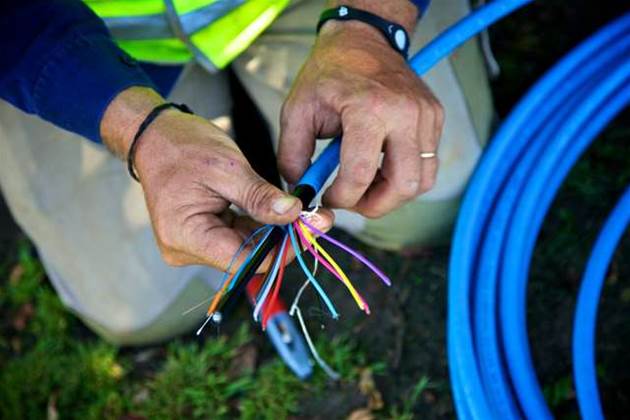New Zealand’s equivalent of the National Broadband Network has faced slow uptake from residents, with the incumbent Government revealing just 1.44 percent of premises passed had an active fibre connection to date.

By June 30, NZ communications minister Amy Adams said the Government expected to pass 70,000 premises with fibre connections under the Ultra-Fast Broadband (UFB) initiative. However, only 1012 households have taken up active connections to date.
The figures, revealed by Adams in Parliament this week, compare poorly to an 11.5 percent uptake rate in Australia's equivalent NBN at the end of last year, when 2095 premises received active fibre connections compared to 18,234 premises passed.
The NZ Government had not previously published uptake targets.
However, the figures attracted criticism from shadow communications spokeswoman Clare Curran, who said billions of New Zealand taxpayer money was being wasted.
She labelled the network a "white elephant", in language increasingly similar to that used by her Australian equivalent, Malcolm Turnbull.
The UFB project, conceived more than three years ago, aimed to reach 75 percent of residences in the country, or 1.2 million premises by 2019, equating to at least 190,000 home connections per year.
But less than one household a day had been connected so far, Curran argued.
“It would be quicker for the Minister to go out with a pair of pliers and connect houses herself,” Curran said.
Adams defended the take-up rate when speaking to iTnews, arguing the number of active connections was to be expected at this stage.
“Overseas experiences show that there will be a slow and gradual increase in uptake over four or five years after the network is built,” she said, noting the UFB was in its first year out of eight for deployment.
Crown Fibre Holdings, the government agency in charge of managing construction and contracts for the UFB project, has published several reports since 2011 pointing to overseas uptake of broadband services being in the 25 to 30 percent range of households passed.
A report by New Zealand regulator the Commerce Commission released today suggested the "significant" costs of connecting to the UFB and using services on it is likely to reduce uptake levels of the broadband network.
In the report, Telecom New Zealand estimated the cost per customer for connection was $NZ500 ($AU391) for installation, and that 1.6 to 1.7 million residents would incur charges to replace equipment such as phones, security alarms, set-top boxes and payment terminals.
However, the Commission said Telecom's estimates were "overblown", as new equipment could be used in conjunction with the UFB fibre network and wouldn't need to be replaced.
Video is likely to be the main driver for UFB uptake, the Commission said.
The biggest UFB contractor — Telecom New Zealand's former infrastructure arm, Chorus — claimed a committment to passing 830,900 premises with fibre connections by 2019, amounting to 70 percent of the entire UFB project.
Head of communications Melanie Marshall said Chorus was on track to lay fibre passing 40 to 42,000 premises by June 30 this year. Over the next 12 months, another 79,000 households will be passed, bringing the total to 149,000.




_(20).jpg&h=140&w=231&c=1&s=0)





 iTnews Executive Retreat - Security Leaders Edition
iTnews Executive Retreat - Security Leaders Edition












_(1).jpg&h=140&w=231&c=1&s=0)



